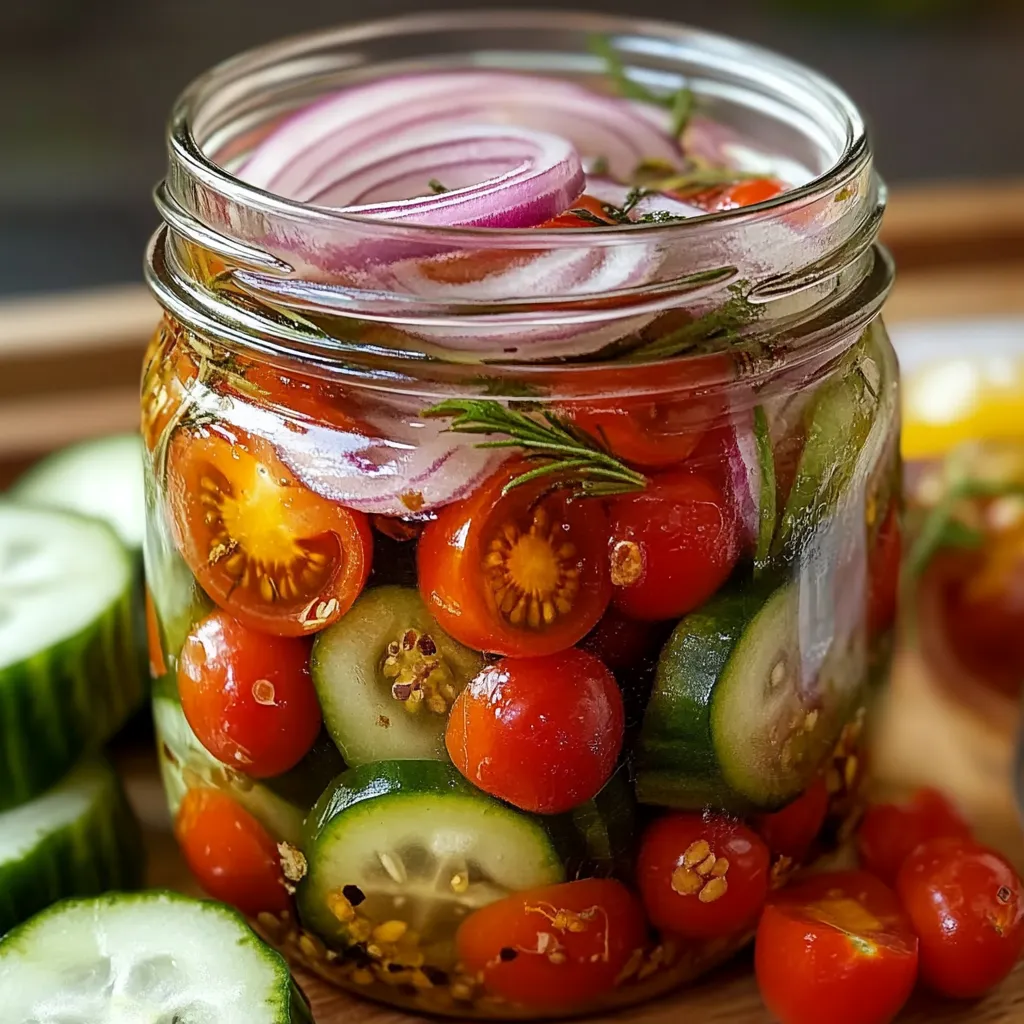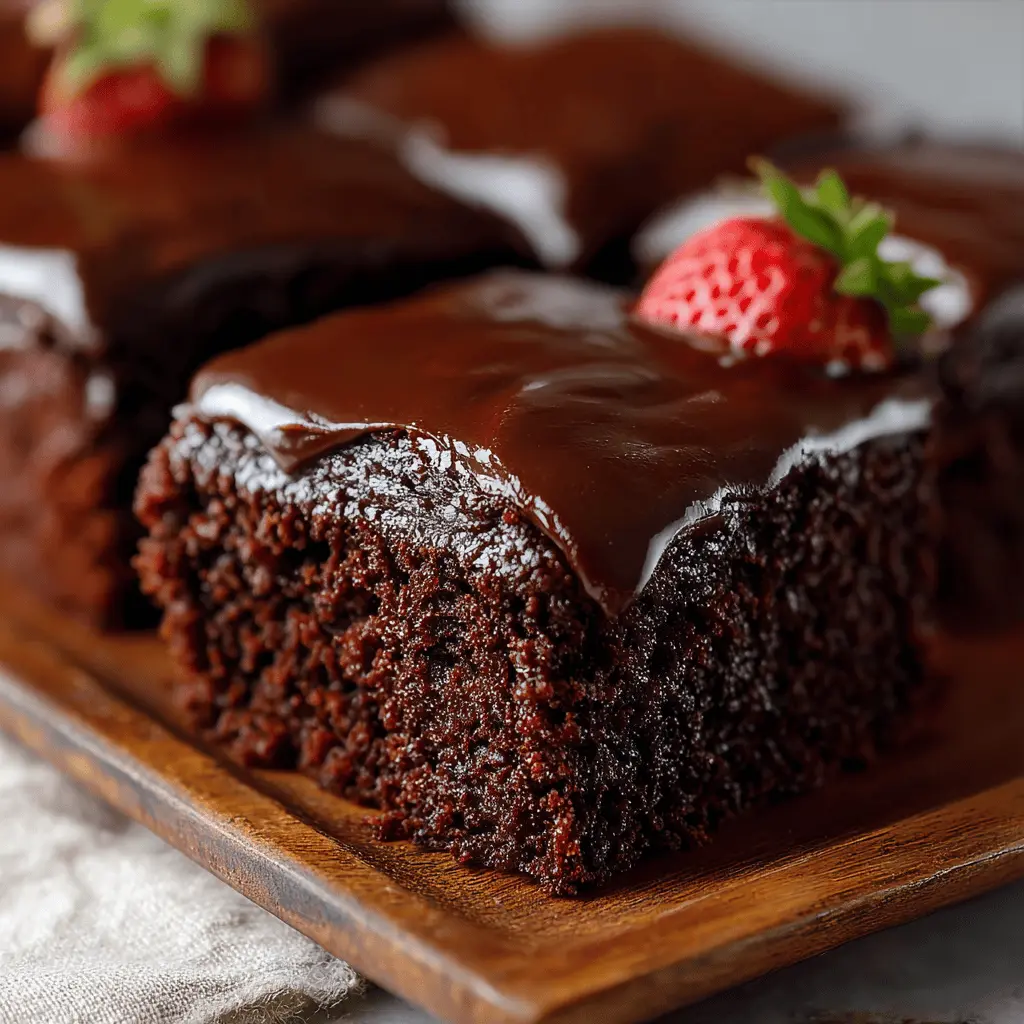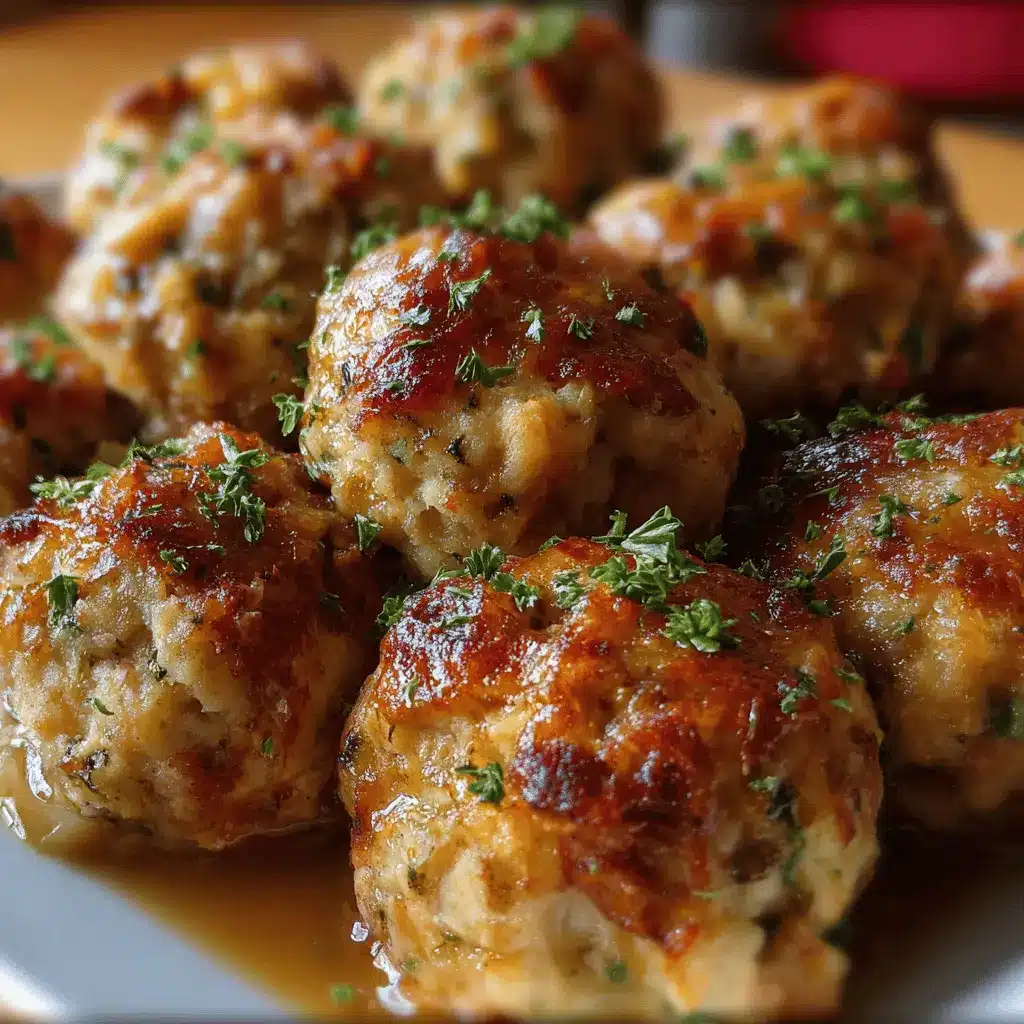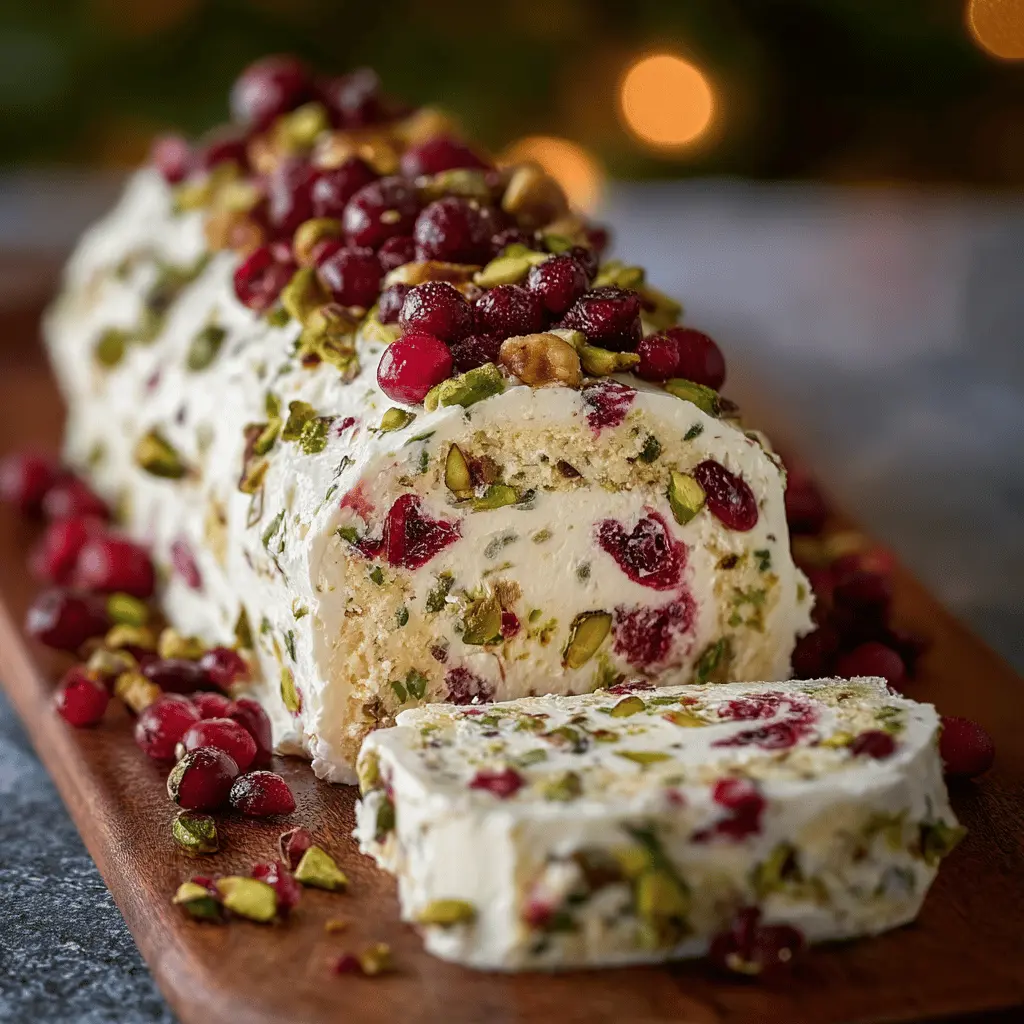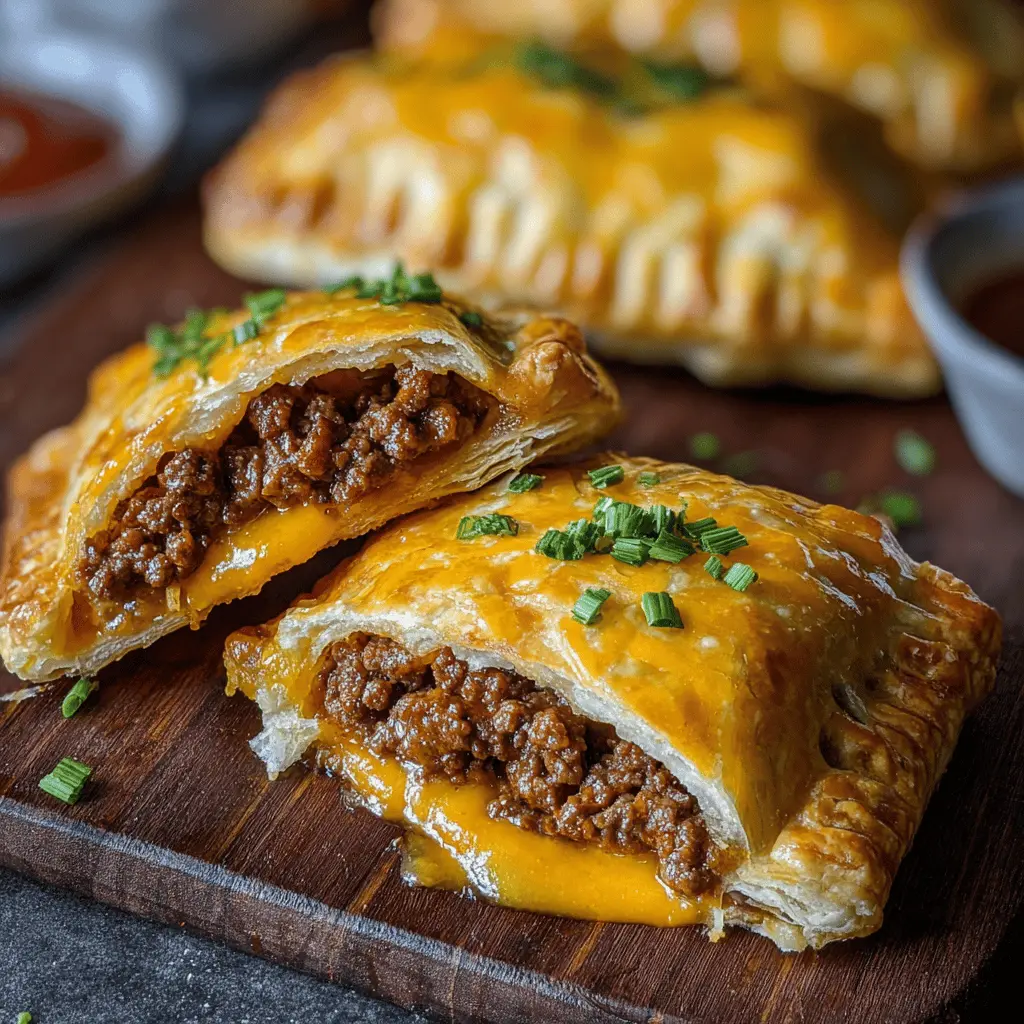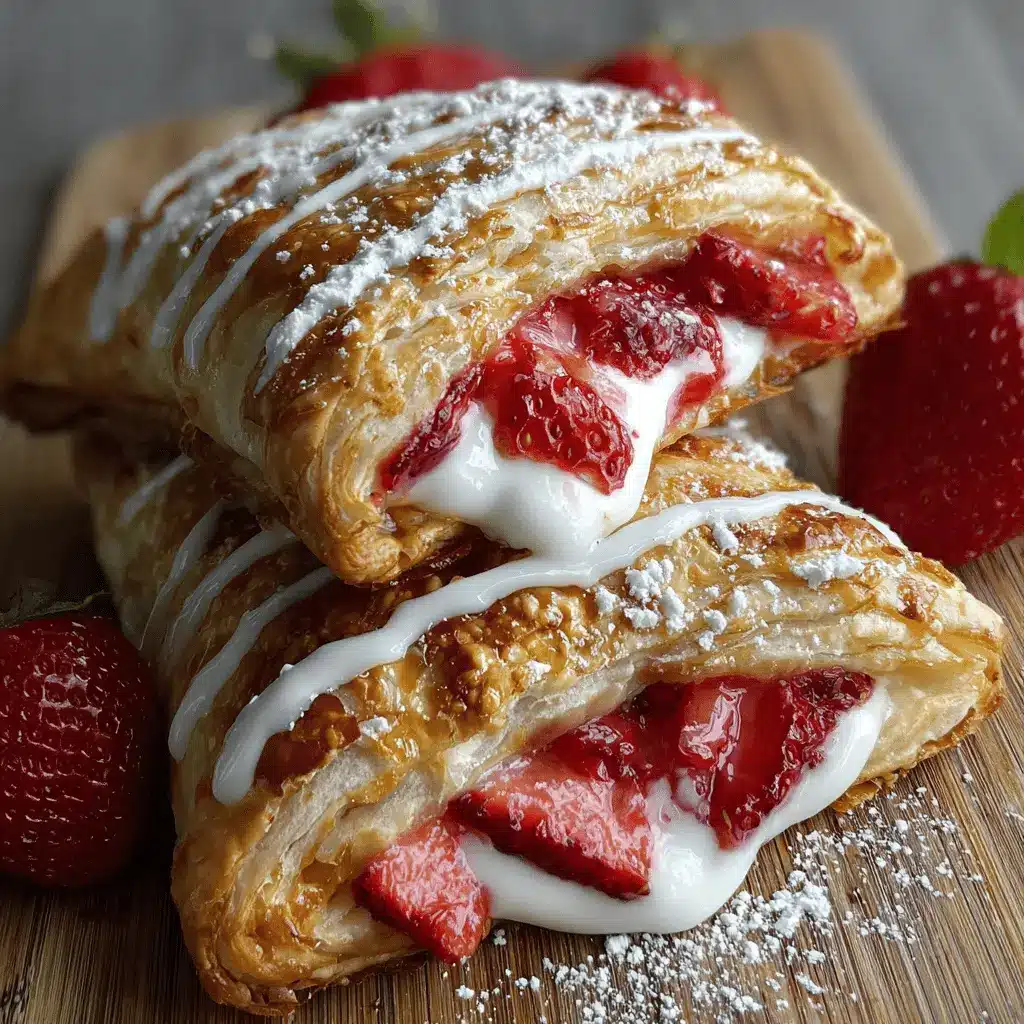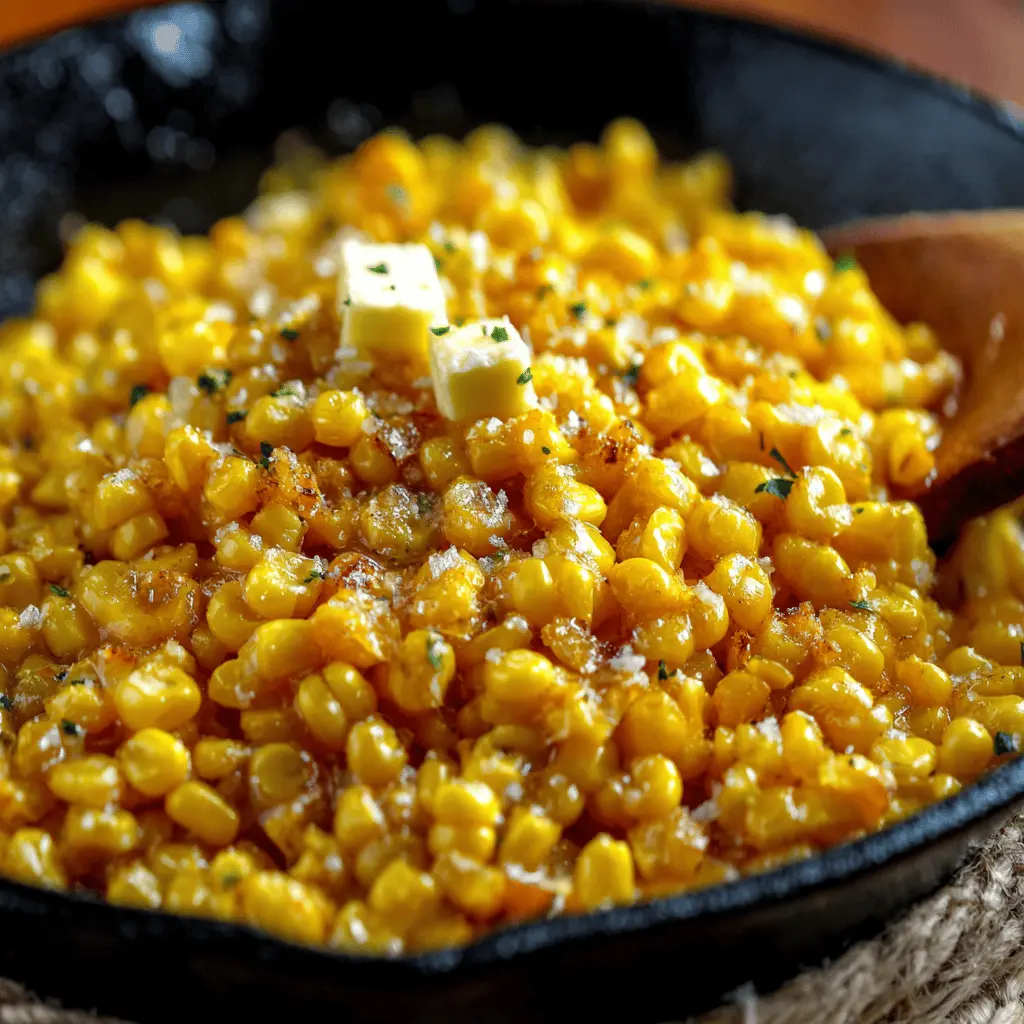Introduction
Crunchy, tangy, and perfectly refreshing—these pickled cherry tomatoes, red onions, and cucumbers are like summer in a jar. This simple, no-fuss recipe brings together bright veggies and a flavorful brine for something truly special. Whether you’re new to pickling or just looking for a quick way to preserve garden bounty, this is one you’ll come back to again and again.
What makes these homemade pickles so much better than the store-bought kind? For starters, you control everything—from the level of sweetness to how spicy or herby they get. Plus, there’s something satisfying about filling your fridge with vibrant jars that you made yourself.
And the best part? These pickled veggies are as versatile as they are delicious. Pile them onto burgers or grain bowls, tuck them into sandwiches, serve them with cheese and charcuterie, or just grab a fork and eat them straight from the jar. No judgment here.
Why You’ll Love This Recipe
Key Benefits
This recipe is as easy as it gets. No canning, no complicated techniques—just simple ingredients and a quick stovetop brine. You can have crisp, tangy pickled vegetables ready to eat in just a few hours. And the flavor only gets better the longer they chill in the fridge.
You can also make it your own. Add a little heat with red pepper flakes or jalapeño, toss in some dill or thyme for a fresh herbal note, or mix up the veggies based on what’s in season. It’s flexible, fast, and fun.
Suitable For
If you’re just getting started with pickling, this is a fantastic place to begin. It’s low-commitment and low-effort with high reward. Meal preppers will love having a jar on hand to jazz up weekday lunches, while anyone hosting a summer cookout will appreciate a bright, punchy side to go with grilled meats. And if you’re just a fan of a crunchy, tangy snack—welcome home.
Ingredients for Pickled Cherry Tomatoes, Red Onions, and Cucumbers
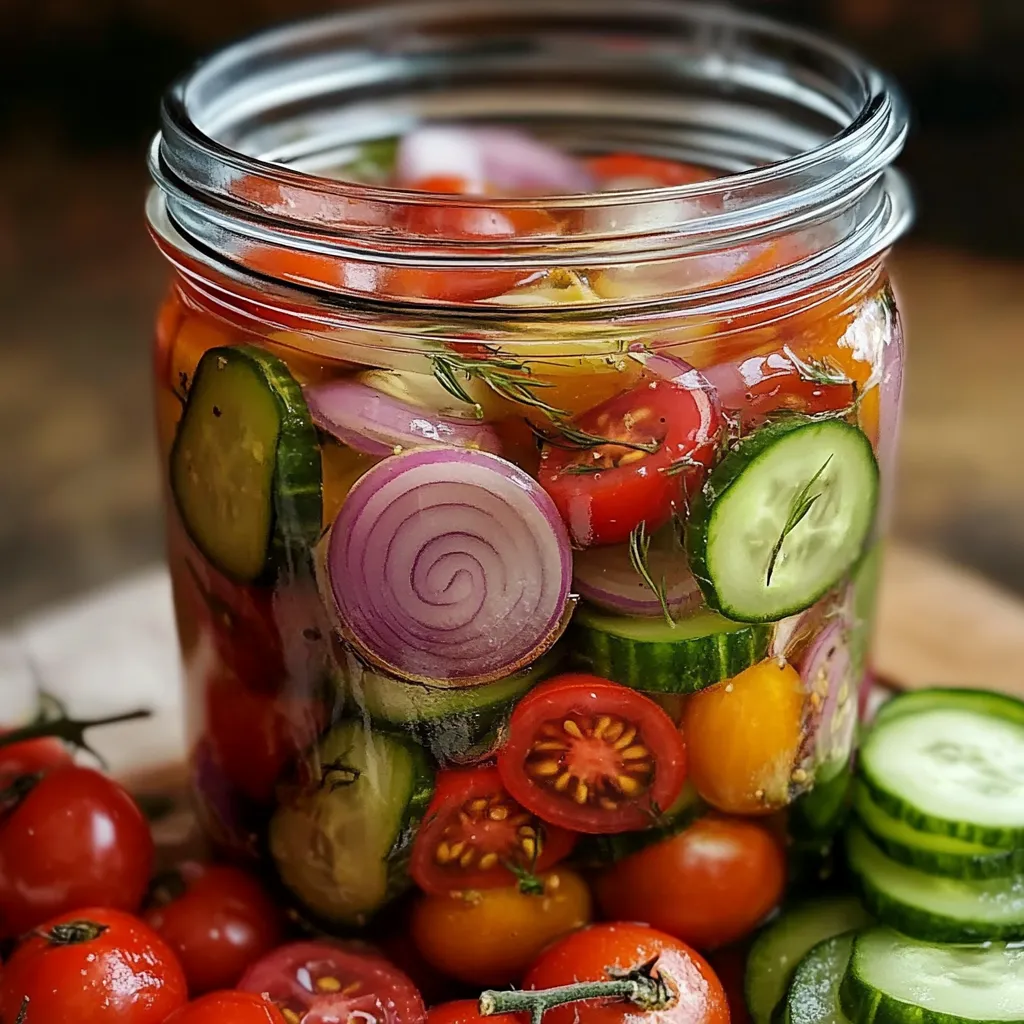
Core Ingredients
To make a batch, you’ll need:
-
White vinegar – the base for the brine
-
Water – to mellow out the vinegar
-
Sugar – adds balance and depth
-
Kosher salt – for flavor and preservation
-
Garlic – gives a nice savory edge
-
Whole black peppercorns – for subtle spice
-
Cherry tomatoes – halved for better brine absorption
-
Red onions – thinly sliced, slightly sweet and bold
-
Cucumber – crisp and refreshing
These ingredients come together to create a brine that’s equal parts zesty and bold, soaking into the veggies to build amazing flavor.
Substitutions and Tips
Feel free to make this your own. Want a fruitier tang? Try apple cider vinegar or rice vinegar instead of white vinegar. No red onion on hand? Shallots work beautifully. You can even swap cherry tomatoes for heirloom varieties in different colors for extra flair.
Herbs are optional but highly recommended. A few sprigs of dill add a classic pickled flavor, while oregano or thyme can offer something more unique. Play around until you find your favorite combo.
Best Vinegar for Pickled Vegetables
White vinegar is the classic choice for quick pickling, thanks to its clean, sharp acidity that lets the flavor of your vegetables shine. If you’re looking for a slightly sweeter, more complex taste, apple cider vinegar is a great alternative. It adds a fruity note that pairs beautifully with cherry tomatoes and onions.
Whichever vinegar you use, keep an eye on the acidity. If your vinegar is less than 5% acidity, the pickles may not keep as well in the fridge. And if you’re swapping vinegars, you might want to reduce the sugar slightly to balance the flavor. It’s all about tasting and adjusting to your liking.
Kitchen Tools You’ll Need
Must-Have Tools
You don’t need much to get started—just a few basics from your kitchen drawer:
-
Mason jars or glass containers – pint-sized is perfect for small batches
-
Saucepan – to heat and mix the brine
-
Measuring cups – accuracy is key, especially for salt and sugar
Nice-to-Have Tools
If you plan to make pickles regularly, a few extras can make the process smoother:
-
Mandoline slicer – for thin, uniform veggie slices
-
Funnel – makes pouring hot brine into jars a lot cleaner
-
Herb scissors – handy for snipping fresh dill or thyme directly into the jar
How to Make Pickled Cherry Tomatoes, Red Onions, and Cucumbers

This is one of those recipes that feels almost too easy for how tasty the results are. With just a few basic steps, you’ll have jars of crisp, vibrant pickled vegetables ready to brighten up anything you’re cooking—or snacking on. Let’s walk through it together.
Step 1: Prep the Vegetables
Start by giving your produce a good rinse. You want everything clean and dry so the brine can do its job without extra moisture getting in the way.
Slice the cherry tomatoes in half—this helps them soak up the brine faster. Thinly slice the red onions and cucumbers; uniform thickness is key for even pickling. If you have a mandoline slicer, this is a great time to use it.
Now, pack everything into clean pint-size mason jars. Layer the veggies evenly and don’t cram them in too tight. A little breathing room means better brine coverage and better flavor.
Step 2: Make the Pickling Brine
In a small saucepan, combine the white vinegar, water, sugar, kosher salt, smashed garlic cloves, and whole peppercorns. Set it over medium heat and stir gently until the sugar and salt dissolve completely.
Want to amp up the flavor a bit? Add a pinch of red pepper flakes for some kick or a teaspoon of dried oregano for a more savory finish. As soon as the mixture starts to simmer and everything’s dissolved, take it off the heat.
Step 3: Combine and Pickle
Carefully pour the hot brine over the veggies in the jars. You want to fully submerge them—if you’re a little short on liquid, just mix up a quick half-batch of the brine to top it off.
Let the jars sit out at room temperature until they cool. Once cooled, seal them with lids and pop them in the fridge.
Now comes the hardest part: waiting. While the pickles are technically ready after a couple of hours, they’re even better after resting overnight. Trust me—give them time, and they’ll reward you with bold, complex flavor in every bite.
Tips for Success
To get the absolute best results from your pickled cherry tomatoes, red onions, and cucumbers, keep these simple tips in mind:
-
Let the jars chill for at least two hours before eating, but overnight is ideal for the flavors to fully develop.
-
Don’t pack the jars too tightly—crowded veggies won’t pickle evenly and may lose their crunch.
-
Use the freshest produce you can find. Soft or overly ripe tomatoes and cucumbers can turn mushy in the brine.
-
Make sure your vegetables are fully submerged. A simple trick: use a clean cabbage leaf or small weight to press them down if needed.
-
Don’t be afraid to tweak the flavor. Want it sweeter? Add a bit more sugar next time. Looking for a bigger kick? More garlic or a dash of chili flakes will do the trick.
Homemade pickling doesn’t have to be intimidating. With a little care and creativity, you’ll be enjoying crisp, punchy pickled veggies in no time.
How to Store Pickled Cherry Tomatoes, Red Onions, and Cucumbers

Once you’ve made your pickled veggies, you’ll want to store them properly so they stay crisp, flavorful, and safe to eat. Thankfully, it’s easy to keep them fresh with just a few smart steps.
In the Refrigerator
These pickles are refrigerator-style, which means they don’t require canning and should be kept chilled. Store them in a tightly sealed jar in the fridge and enjoy them within 2 to 3 weeks.
Each time you dip into the jar, be sure to use a clean utensil—this helps prevent introducing bacteria that can spoil the brine. A little care goes a long way toward keeping your pickles crisp and bright.
Freezing Tips
Freezing the pickled vegetables themselves isn’t recommended. The texture of tomatoes and cucumbers becomes mushy after thawing.
However, if you’ve made extra brine and don’t want it to go to waste, you can freeze the unused brine in a sealed container for later use. Just thaw and bring it to a quick simmer before using it again.
Frequently Asked Questions (FAQs)
How long do these pickles last in the fridge?
If stored in a clean, sealed container and kept refrigerated, they’ll stay fresh for up to three weeks. You might notice the flavors deepening over time—that’s normal and delicious.
Can I add other vegetables?
Absolutely. This brine works beautifully with carrots, radishes, green beans, and even cauliflower. Just make sure everything is sliced to a similar thickness for even pickling.
What if I don’t have kosher salt?
No problem. Sea salt or pickling salt makes a great substitute. Just steer clear of iodized table salt—it can make the brine cloudy and may affect flavor.
Can I reuse the brine?
You can reuse the brine once, especially if you’re making another quick batch within a few days. Just know that the flavor may be milder on the second round. Always strain out old vegetables and bring the brine back to a simmer before reusing.
Variations on This Recipe
One of the joys of making your own pickles is that you can tailor them to your exact taste. Here are a few fun ways to change things up:
-
Add jalapeños or a pinch of chili flakes for a spicy twist
-
Swap tomatoes for grape or yellow cherry varieties
-
Mix in cauliflower florets for extra crunch
-
Try red wine vinegar instead of white for a deeper, tangier flavor
Feel free to experiment and create your own signature version.
How to Use These Pickled Veggies
These pickles aren’t just for snacking—though they are pretty irresistible straight from the jar. They’re also incredibly versatile in meals:
-
Tuck them into tacos, wraps, or burgers for a tangy crunch
-
Serve them alongside grilled fish or steak to brighten up rich dishes
-
Add them to grain bowls and pasta salads for bold, zesty flavor
-
Layer them onto cheese boards or pair with deviled eggs for an elegant touch
-
Or just grab a fork and snack—we’ve all done it
Wherever you use them, they’ll add pop, color, and punch.
Related Recipes You’ll Love
If you loved this quick pickled veggie recipe, you might enjoy these other fresh and flavorful dishes:
-
Avocado Corn Pasta Salad Recipe – A creamy, colorful side dish with a hint of citrus
-
Classic Potato Salad Recipe – A perfect picnic partner for your pickled veggies
-
Easy Nachos – Top them with your pickled onions and cucumbers for extra zing
-
The Best Dill Pickle Dip Recipe – Another tangy delight for your snack table
-
Mediterranean Grilled Cheese Sandwich – Try layering in some pickled onions for added crunch
Conclusion
These pickled cherry tomatoes, red onions, and cucumbers are as vibrant in flavor as they are in color. Whether you’re layering them into a sandwich or snacking straight from the jar, they bring a burst of brightness that’s hard to beat.
Give them a try, then come back and let me know how they turned out. Did you try a variation? Use them in a creative way? I’d love to hear—and so would other readers. Don’t forget to save the recipe and share it with someone who’d love a good homemade pickle.
Print
Pickled Cherry Tomatoes, Red Onions, and Cucumbers Recipe
- Total Time: 15 minutes + chilling
- Yield: 2 pint jars
Description
This quick and easy refrigerator pickle recipe features cherry tomatoes, red onions, and cucumbers soaked in a bright, tangy brine. Ready in just a few hours, these pickles add a refreshing crunch to burgers, grain bowls, charcuterie boards, and more. No canning required—just a simple brine, fresh veggies, and a little fridge time.
Ingredients
-
1 cup white vinegar
-
1 cup water
-
2 tbsp sugar
-
1 tbsp kosher salt
-
2 cloves garlic, smashed
-
1 tsp whole black peppercorns
-
1 cup cherry tomatoes, halved
-
1 small red onion, thinly sliced
-
1 small cucumber, sliced into rounds
-
Optional: red pepper flakes or fresh dill
Instructions
-
Prep the vegetables: Wash and slice tomatoes, onion, and cucumber. Place into clean jars.
-
Make the brine: Simmer vinegar, water, sugar, salt, garlic, and peppercorns until dissolved.
-
Combine and pickle: Pour hot brine over the veggies. Let cool, then refrigerate for at least 2 hours.
Notes
-
Best after 24 hours
-
Keeps in fridge for 2–3 weeks
-
Customize with herbs or heat
- Prep Time: 10 minutes
- Cook Time: 5 minutes
- Category: Side Dish / Condiment
- Method: Refrigerator Pickle
- Cuisine: American
Nutrition
- Calories: 25
- Sugar: 3g
- Sodium: 220mg
- Fat: 0g
- Carbohydrates: 5g
- Fiber: 1g
- Protein: 0g

